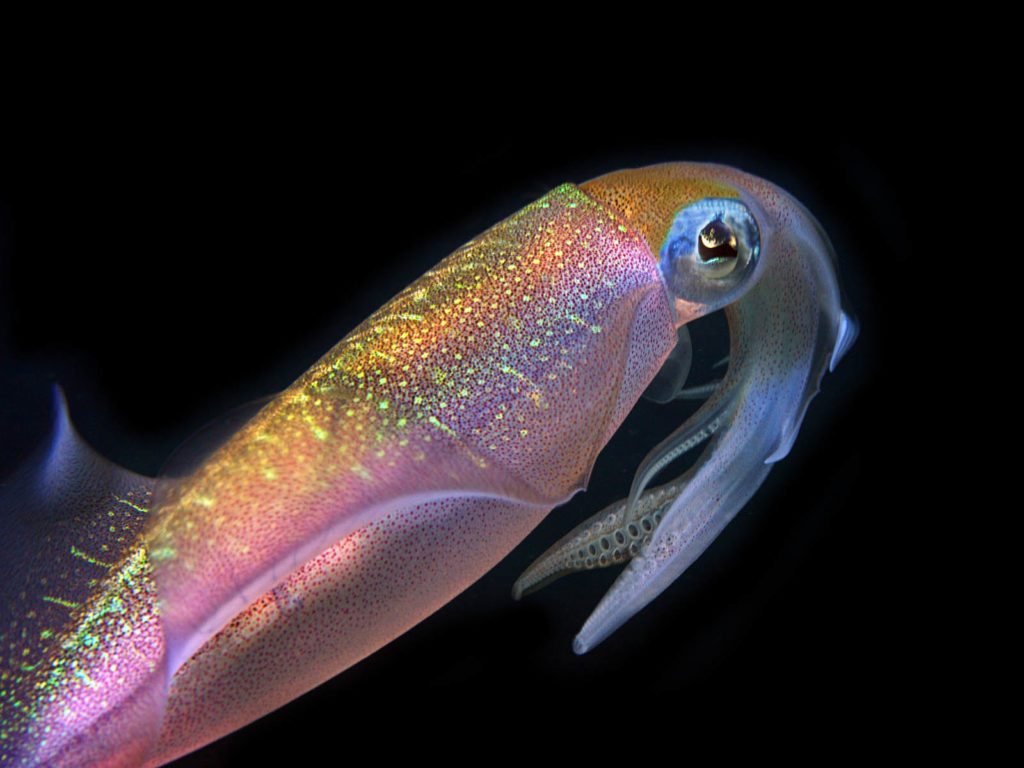
Researchers at the University of California, Irvine have invented a new insulation material designed to shield hands from heat, but, because it can be economically mass produced, the adaptive fabric could potentially have a range of uses. Drawing inspiration from cephalopod (squid) skin, the engineers in the Dept. of Chemical and Biomolecular Engineering have shown that the composite material could insulate beverage containers, restaurant to-go bags, parcel boxes and even shipping containers.
The innovation is an infrared-reflecting metallized polymer film developed in the laboratory of Alon Gorodetsky, UCI associate professor. In a paper published in Nature Sustainability, Gorodetsky and his team describe a large-area composite material that regulates heat by means of reconfigurable metal structures that can reversibly separate from one another and come back together under different strain levels.
“The metal islands in our composite material are next to one another when the material is relaxed and become separated when the material is stretched, allowing for control of the reflection and transmission of infrared light or heat dissipation,” said Gorodetsky. “The mechanism is analogous to chromatophore expansion and contraction in a squid’s skin, which alters the reflection and transmission of visible light.”
Chromatophore size changes help squids communicate and camouflage their bodies to evade predators and hide from prey. Gorodetsky said by mimicking this approach, his team has enabled “tunable thermoregulation” in their material, which can lead to improved energy efficiency and protect sensitive fingers from hot surfaces.
A key breakthrough of this project was the UCI researchers’ development of a cost-effective production method of their composite material at application-relevant quantities.
“There is an enormous array of applications for this material,” said Gorodetsky. “Think of all the perishable goods that have been delivered to people’s homes during the pandemic. Any package that Amazon or another company sends that needs to be temperature-controlled can use a lining made from our squid-inspired adaptive composite material. Now that we can make large sheets of it at a time, we have something that can benefit many aspects of our lives.”
 TEXTILES.ORG
TEXTILES.ORG


